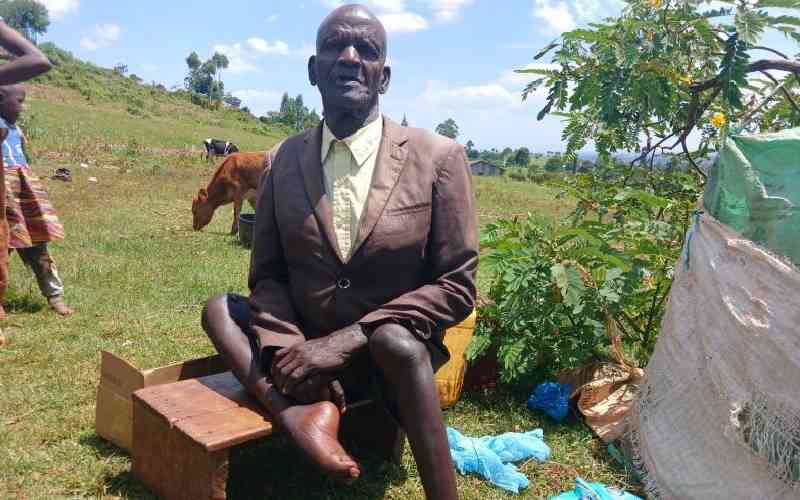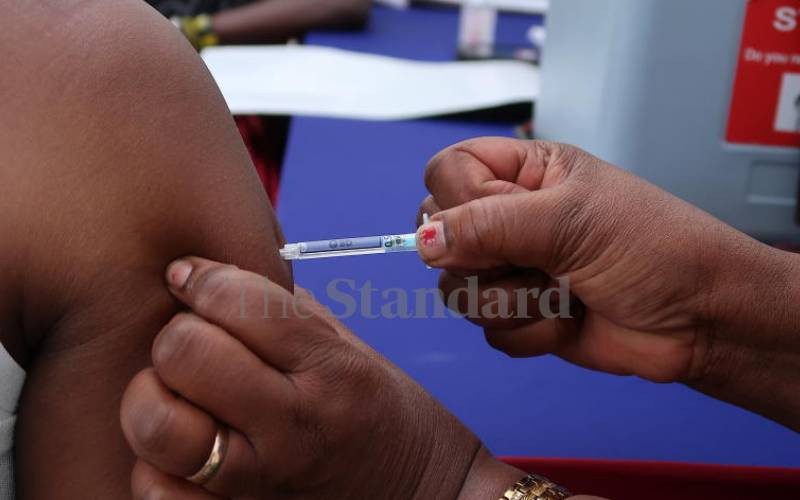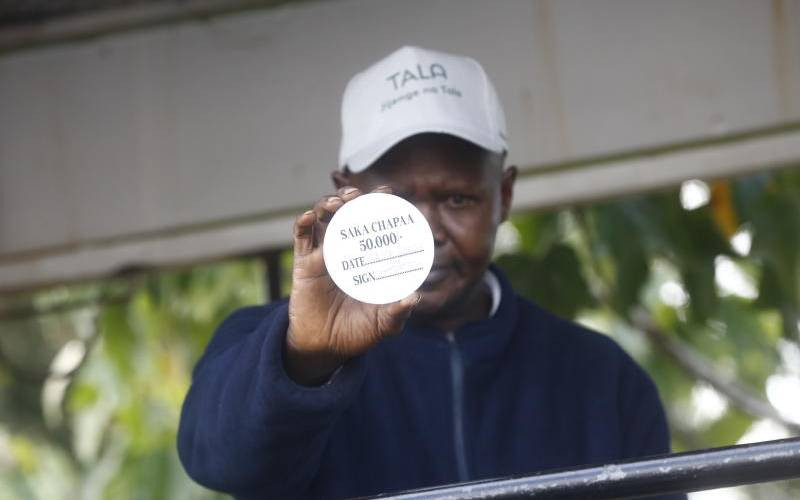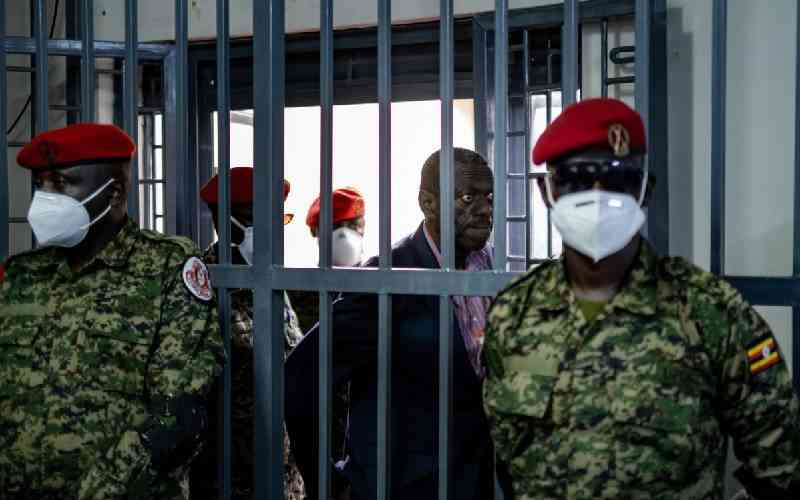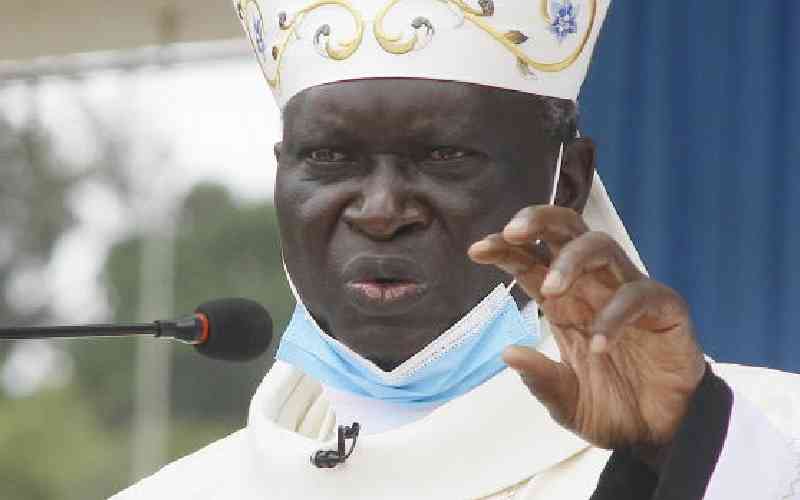The world is wrestling with the economic crisis caused by the Covid-19 pandemic. While some countries are still fighting to flatten the exponential growth curve of the virus, others have started to plan how to build back better.
Typically, these plans to renew and improve faltering economies focus on financial resilience; most seek to find a better balance between economic growth and health of the people and the environment. The bar is high, the need is urgent, and workable models are in high demand.
The government would do well to turn to the Nyandarua Tree Growers Association of Kenya for inspiration. Just to the west of Mount Kenya and on the edge of the Aberdare National Park, most of Nyandarua’s half-million citizens are small-scale farmers. While the county is famous for its potatoes and dairy, many farmers have set aside a small percentage of their farms for growing trees in woodlots.
On average these woodlots are small – less than half an hectare or a little more than an acre – but with thousands of farmers combining their production, Nyandarua is a major regional source of timber for construction, poles for rural electrification, and wood for cooking and heating.
These farms contribute to the government's target to increase tree cover by 10 per cent, while relieving pressure on public forests (where logging was banned several years ago). Importantly, in these uncertain times, they are a source of economic security for the farmers.
Until this year, these economic, social, and ecological contributions were largely unquantified. The Nyandarua Tree Growers Association itself lacked information on its members' assets, that lack of information was a key barrier to professionalising management of its business, for negotiating better prices in the marketplace and to access finance to grow.
Recognising this, the association was able to secure assistance from the Forest and Farm Facility (a multilaterally funded international development project) and the Food and Agriculture Organisation of the United Nations (FAO) to develop their own inventory of their members’ tree and farm assets and a financeable business plan.
Rather than relying on external consultants to design and implement the inventory using an external template, the association’s business manager led the design of the inventory and the associations’ members undertook the data collection.
The results are intriguing. The association’s members have more than 1.7 million trees on their land; at going market rates for carbon and wood, this equates to 13.5 million dollars in assets. With the improved rates the association can offer its members, the 2,400 families surveyed in the inventory said they would be willing to increase the area under trees on their farms by 50 per cent.
Furthermore, the association’s projected cash flows from sustainable tree harvest look very attractive, with highly competitive internal rates of return. The association’s chairperson, Mr Benjamin Karanja, expects to attract additional members now, based on the compelling business case they are able to make using the data in the inventory. He is excited about the ability to champion members’ interests through their strength of numbers.
The IUCN, an international conservation NGO, estimates that smallholder family farmers (with farms of 10 hectares on average) represent a quarter of the world’s population, and manage half of the world’s arable land. They may produce between 50 and 80 per cent of the world’s crops and generate billions of dollars in timber products. Most make around a quarter of their incomes from natural forest and plantations and in Africa half their livelihoods from their small farms.
At the same time, they are some of the most vulnerable to the shocks of Covid-19 as they lose access to markets and the ability to sell perishable products in a timely fashion. As governments strive to rebuild resilient green economies, these numbers are eye-catching. They hint at the transformative change possible if policy-makers can reach those who are poorest and most vulnerable to shocks like Covid-19, helping them to make their small farms and businesses more economically successful while safeguarding the environment.
The reality is, however, that most policymakers lack the granular information that would allow them to build better support programmes and policies. In addition, most small-scale farmers lack data that can help them develop, organise and expand their business offerings to the market.
In Nyandarua County, there is a model for how the public sector and smallholder-owned green businesses found common cause and overcame these barriers. Recognising the potential, the County Minister of Water, Environment, Tourism and Natural Resources in Nyandarua has called it a resounding success, and a model for other Kenyan counties and other countries.
During this Covid-19 lockdown, I call on the small farmers in Kenya to set aside a small piece of their land and grow trees. By adopting this method, they will not only improve their families’ economic situation but also contribute to the conservation of the environment and creating a sustainable tree planting culture to achieve the recommended national tree cover target that is being hampered partly by the growing deforestation as a result of the infrastructural and real estate developments in the country.
Stay informed. Subscribe to our newsletter
In addition, these initiatives are in line with Sustainable Development Goal number 13 on climate action and hence contribute to mitigating the impacts of climate change. Let’s take note and build back better.
Mr Caldwell is Forestry Officer, Food and Agriculture Organisation
 The Standard Group Plc is a
multi-media organization with investments in media platforms spanning newspaper
print operations, television, radio broadcasting, digital and online services. The
Standard Group is recognized as a leading multi-media house in Kenya with a key
influence in matters of national and international interest.
The Standard Group Plc is a
multi-media organization with investments in media platforms spanning newspaper
print operations, television, radio broadcasting, digital and online services. The
Standard Group is recognized as a leading multi-media house in Kenya with a key
influence in matters of national and international interest.
 The Standard Group Plc is a
multi-media organization with investments in media platforms spanning newspaper
print operations, television, radio broadcasting, digital and online services. The
Standard Group is recognized as a leading multi-media house in Kenya with a key
influence in matters of national and international interest.
The Standard Group Plc is a
multi-media organization with investments in media platforms spanning newspaper
print operations, television, radio broadcasting, digital and online services. The
Standard Group is recognized as a leading multi-media house in Kenya with a key
influence in matters of national and international interest.



